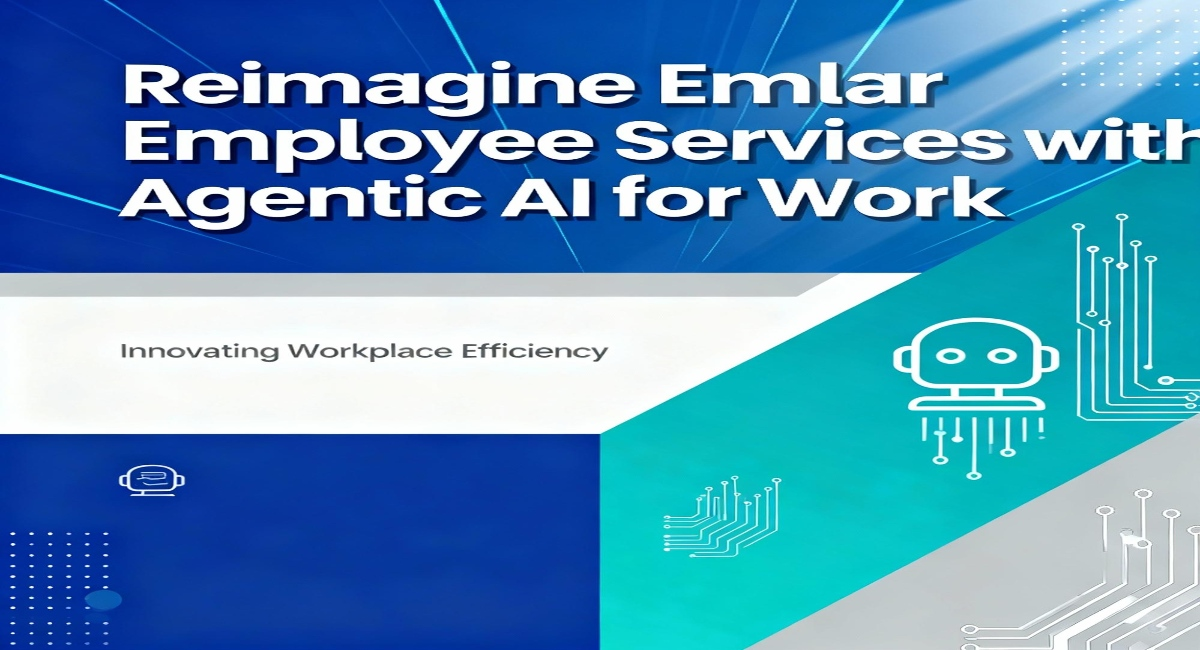
AI chatbots can tailor content for each student’s needs. This personalization boosts understanding and retention. Students get customized quizzes, explanations, and suggestions based on their learning style.
Teachers use chatbots to identify areas where students struggle. This data helps them adapt lessons to support weaker areas. AI ensures no student is left behind in comprehension.
Personalized chatbot support improves student engagement. When learning feels relevant, students are more motivated. Chatbots adjust their tone, content level, and feedback to suit individual learners.
As students interact more with AI, they build stronger study habits. Chatbots guide them to review past material or preview upcoming lessons in a structured, supportive manner.
Chatbots provide instant responses to student queries. This eliminates long waits for answers, especially during homework or self-study. Learning becomes continuous and less frustrating.
Timely feedback boosts confidence and helps correct mistakes early. Chatbots flag errors, explain them, and offer tips. This immediate correction enhances long-term understanding and success.
Students learn more effectively when they can ask questions without fear. Chatbots provide a judgment-free environment that encourages curiosity. This improves active learning and deeper comprehension.
With quick feedback loops, students remain engaged. They don’t lose momentum between asking a question and receiving an answer, keeping their focus intact and progress steady.
AI chatbots assist teachers by handling repetitive queries. This frees up time for educators to focus on creative teaching and student interaction rather than administrative tasks.
Teachers often repeat the same explanations to different students. Chatbots provide consistent answers anytime, reducing the teacher`s burden. This ensures all students get equal support.
Grading multiple-choice or simple answers becomes easier with AI. Chatbots assess, provide feedback, and log progress instantly. Teachers can then review and focus on more complex tasks.
Teachers benefit from AI-generated insights. Chatbots collect performance data, identify learning gaps, and offer suggestions. This data-driven approach helps teachers plan lessons more effectively.
AI chatbots help improve reading and writing skills. They guide students through grammar, vocabulary, and sentence construction. Interactive conversations encourage better language practice and usage.
Students can write essays or short texts and get real-time corrections. Chatbots offer suggestions for clearer expression and improved grammar. This helps students polish their writing skills.
Reading comprehension tools powered by AI can quiz students on texts. They assess understanding and offer hints. This method promotes active reading and deeper engagement with material.
Non-native speakers especially benefit from chatbot support. Chatbots help with pronunciation, listening practice, and sentence structure. They are patient and available 24/7 for continuous learning.
AI chatbots allow students to learn at their own speed. No pressure to keep up with peers or slow down for others. Learning becomes more comfortable and flexible.
Self-paced learning supports deeper understanding. Students revisit tough topics or skip material they’ve mastered. Chatbots help guide them based on performance and progress data.
Busy schedules or different time zones no longer hinder learning. AI is accessible anytime, making education more inclusive and personalized for varied lifestyles and needs.
Students develop independence and responsibility. With AI support, they learn to manage their own time and progress. This builds essential life skills alongside academic knowledge.
Interactive chatbot interfaces make learning fun. Students enjoy conversational learning over traditional lectures. Quizzes, games, and instant responses enhance engagement and reduce boredom.
Gamification elements added by chatbots keep students motivated. Points, badges, and challenges drive participation. This makes learning feel like a game rather than a chore.
Students feel more in control of their learning journey. AI chatbots act as learning partners, not just tools. This collaborative feel increases ownership and commitment to learning.
Even shy students interact more with AI. Without peer pressure, they ask questions freely. This boosts participation and helps build confidence in both academic and social settings.
During remote or hybrid learning, chatbots bridge the communication gap. Students can ask questions outside of class time and still receive instant, reliable answers.
Chatbots help manage assignments and reminders. Students are nudged to submit work or study specific topics. This helps maintain structure and discipline in remote settings.
When students feel isolated, AI offers a constant support system. This emotional and academic assistance keeps them engaged and reduces dropout rates during online learning.
Teachers can monitor student progress through chatbot analytics. This remote tracking helps ensure students aren’t falling behind even when classes aren`t held in person.
Visual learners benefit from chatbot-generated charts, videos, and infographics. Auditory learners can engage through speech-to-text features and conversation-based lessons.
Kinesthetic learners interact by completing tasks, games, and real-time challenges. Chatbots offer flexible teaching methods suited to different cognitive strengths and learning preferences.
Students with special educational needs find AI especially helpful. Chatbots provide structure, predictability, and non-judgmental support. This makes classrooms more inclusive and empathetic.
Adaptable learning experiences ensure no one feels left out. AI bridges gaps between traditional teaching and individual learning styles by adjusting methods to what works best.
Chatbots don’t just give answers—they prompt further questions. Students are encouraged to reflect, justify choices, and think critically about topics rather than just memorizing facts.
By offering multiple solution paths, AI fosters analytical thinking. Chatbots can pose different scenarios and guide students to explore them from various angles.
AI can simulate debates, discussions, or role-playing. This exposes students to different perspectives. They learn to argue, reason, and evaluate information thoughtfully.
Chatbots also challenge assumptions. When students make errors, AI explains why and suggests alternatives. This process cultivates deeper intellectual engagement and curiosity.
Students receive updates on their performance. AI shows what’s improved and what needs attention. This constant visibility promotes goal-setting and accountability.
Teachers access detailed reports for individuals or entire classes. Patterns in performance help them adjust content or identify students who need extra help.
Parents can also be involved through AI-generated reports. This transparency builds collaboration among teachers, parents, and students, all working toward improved learning.
Students feel motivated by seeing progress. Graphs, badges, and milestones celebrate achievements. Positive reinforcement through AI builds self-esteem and long-term motivation.
AI chatbots identify areas where students lag behind. Immediate interventions are suggested, such as extra quizzes, explainer videos, or one-on-one chatbot sessions.
Learning gaps between fast and slow learners are reduced. AI supports everyone equally, giving slower students extra time and resources without delaying the class.
Educational equity improves when all students receive timely, personalized help. Chatbots democratize access to quality education regardless of background, location, or ability.
Progressive improvement is easier to track. With constant feedback and practice, students gradually overcome weaknesses. Chatbots guide this journey with patience and consistency.
AI will keep evolving to support deeper, more intuitive learning. Natural language understanding, emotional intelligence, and real-time adaptability will improve future classroom experiences.
Teachers will work alongside AI, not be replaced by it. Their role will become more strategic, focused on mentoring, creativity, and emotional connection.
The future holds promise for lifelong learning. Chatbots won’t just serve students—they’ll support professionals, hobbyists, and curious minds of all ages with continuous education.
With ethical use, AI in education can foster empathy, inclusivity, and innovation. Responsible development ensures that learning stays human-centered, even when powered by machines.
This post has been published by the admin of our website, responsible for content management, quality checks, and providing valuable information to our users.






